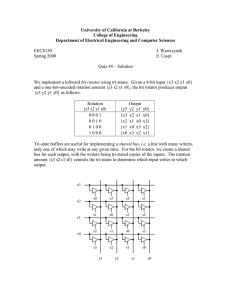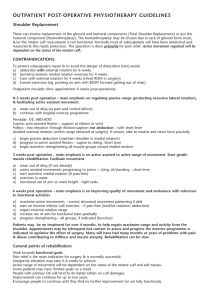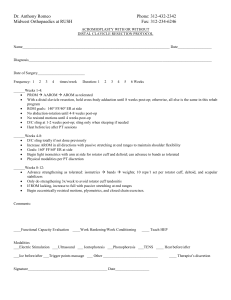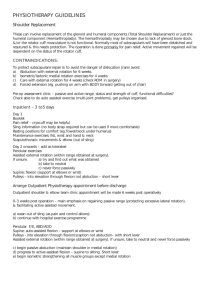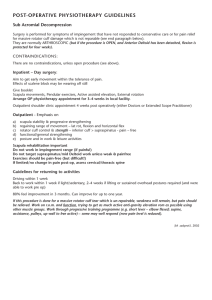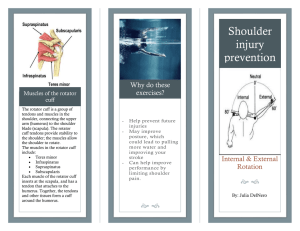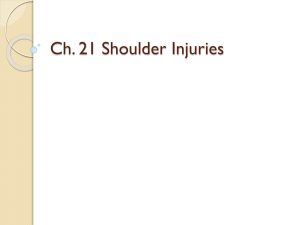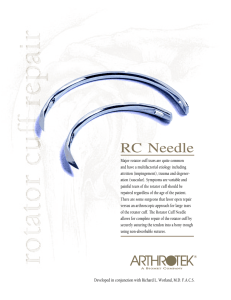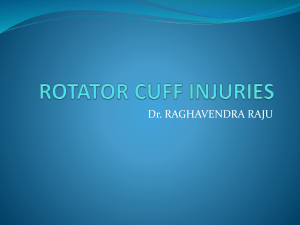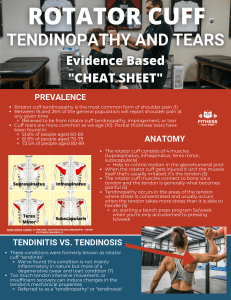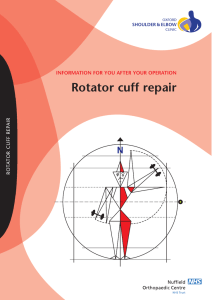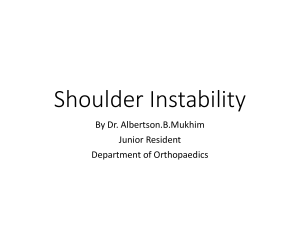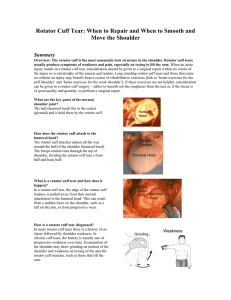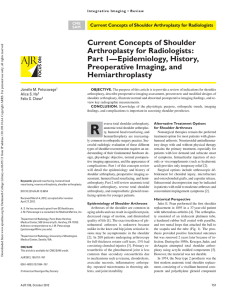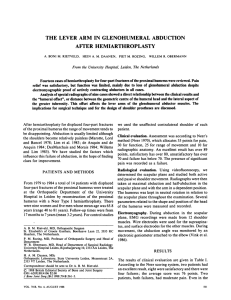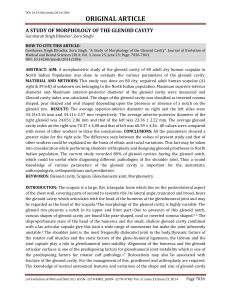PRE-OP & INPATIENT PHYSIOTHERAPY GUIDELINES Shoulder Replacement
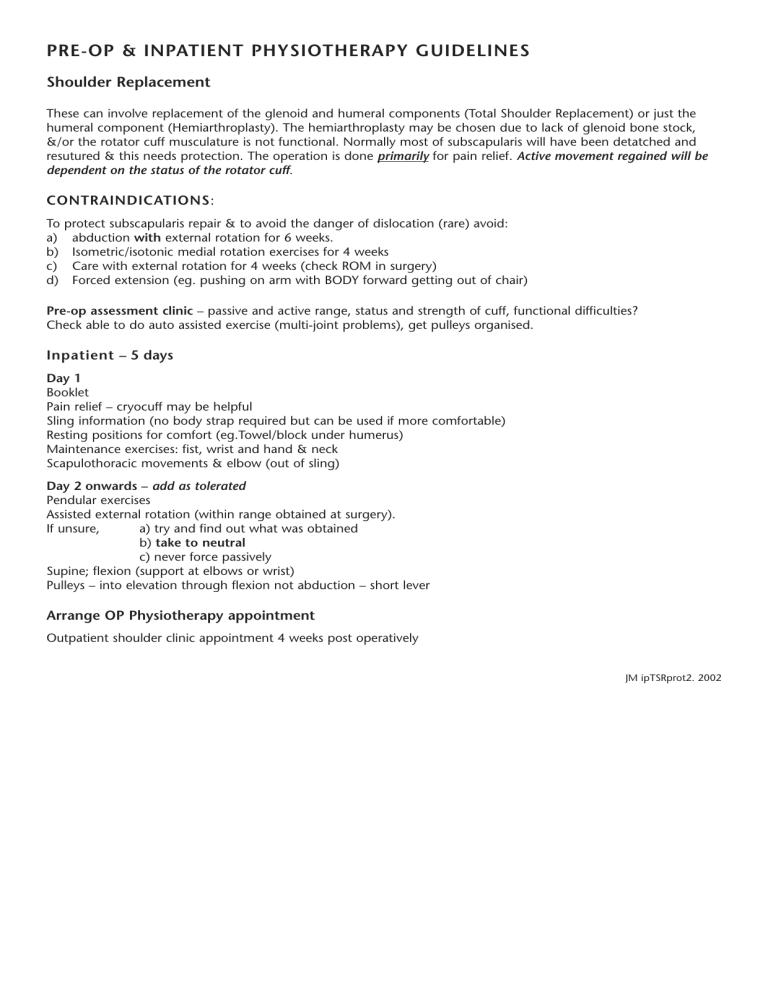
PRE-OP & INPATIENT PHYSIOTHERAPY GUIDELINES
Shoulder Replacement
These can involve replacement of the glenoid and humeral components (Total Shoulder Replacement) or just the humeral component (Hemiarthroplasty). The hemiarthroplasty may be chosen due to lack of glenoid bone stock,
&/or the rotator cuff musculature is not functional. Normally most of subscapularis will have been detatched and resutured & this needs protection. The operation is done primarily for pain relief. Active movement regained will be dependent on the status of the rotator cuff .
CONTRAINDICATIONS
:
To protect subscapularis repair & to avoid the danger of dislocation (rare) avoid: a) abduction external rotation for 6 weeks. b) Isometric/isotonic medial rotation exercises for 4 weeks c) Care with external rotation for 4 weeks (check ROM in surgery) d) Forced extension (eg. pushing on arm with BODY forward getting out of chair)
Pre-op assessment clinic – passive and active range, status and strength of cuff, functional difficulties?
Check able to do auto assisted exercise (multi-joint problems), get pulleys organised.
Inpatient – 5 days
Day 1
Booklet
Pain relief – cryocuff may be helpful
Sling information (no body strap required but can be used if more comfortable)
Resting positions for comfort (eg.Towel/block under humerus)
Maintenance exercises: fist, wrist and hand & neck
Scapulothoracic movements & elbow (out of sling)
Day 2 onwards – add as tolerated
Pendular exercises
Assisted external rotation (within range obtained at surgery).
If unsure, a) try and find out what was obtained b) take to neutral c) never force passively
Supine; flexion (support at elbows or wrist)
Pulleys – into elevation through flexion not abduction – short lever
Arrange OP Physiotherapy appointment
Outpatient shoulder clinic appointment 4 weeks post operatively
JM ipTSRprot2. 2002
